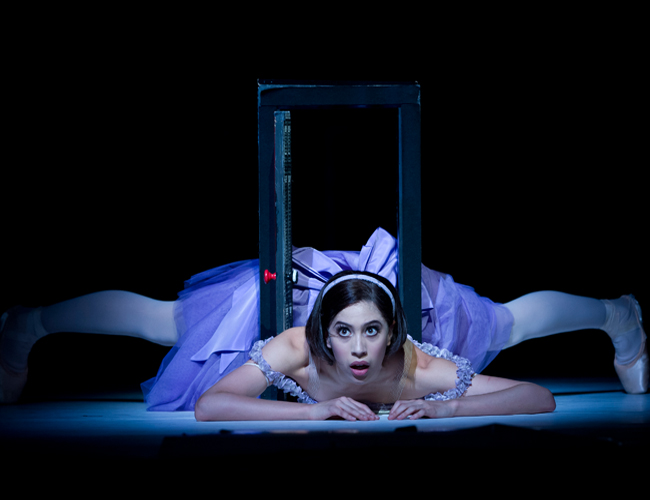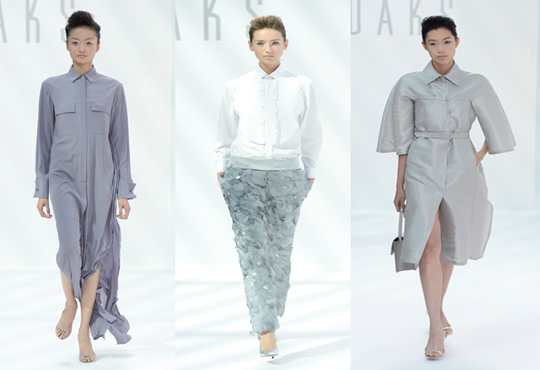
Nearly every girl at one time in their life has dreamt about wearing one of the beautiful stage costumes, worn by the Prima Donnas and Prima Ballerinas. What remains over shadowed, however, is the amount of work that goes into producing these works of art. As part of the ‘Royal Opera House Week’ on the blog we catch up with Mal Barton, workroom manager at the Opera House, to find out what exactly goes on behind the seams…
Like anyone who works in a creative industry, Mal Barton’s path to her dream job was a long and varied one. Originally training at Goldsmiths in fine art, Mal moved on to become an art tutor whilst all the while wishing to stretch her creative talents further into the field of theatre. With jobs popping up at the Shaftsbury Theatre and the Young Vic she decided to take the leap and gave up her teaching job to follow her dream of working in theatre. Thrown in, right at the deep end, Mal’s first job in costume came in the form of the smash hit production of Hair, the musical. Little did she know at the time but this musical provided the much needed catalyst to propel her career onwards and allowed her to set up a workshop, work freelance and eventually take a job at the Royal Opera House. Thirty One years later Mal is still at the Royal Opera House and could not be happier with how her life has panned out.
During our interview, it was evident that Mal is thriving on the excitement, splendour and atmosphere created by her job. Impeccably dressed and neatly turned out, Mal spoke animatedly about the highs and lows, the dramas and tribulations and the future of working in costume. “The most important aspect about working in costume is planning. Always plan ahead and always plan for the unexpected” exclaims Mal as she describes endless cases of where forward planning has allowed for last minute changes to be carried off seamlessly by the costume department.
The process of turning a designer’s sketch into a 3D wearable garment is overseen by Mal and her large team of costume experts who all work closely to make sure that the costumes are as accurate as possible. The costumes of the principal characters in a performance, however, are all left to one person who works closely with the performer to achieve the desired look. “I love creating an illusion through the use of materials and techniques. In Alice in Wonderland, the turtle’s shell is made from a knapsack, covered in pockets. This creates the same look but makes the costume easier to dance in.” It is this sense of creativity that, according to Mal, drives the whole costume team on, forming a core part of their work.
Many of the costumes seen on stage are reused season upon season with one season showcasing up to 40 different performances. Once the costumes have got too worn to be used again, they are taken apart and key embellishments are salvaged for future costumes. In a whole season, it is not uncommon for the costume department to fit 6000-7000 costumes, a number which can be easily raised depending on the performances on offer. Sleeping Beauty has a total of 500 costumes that are used by the performers whilst smaller performances have fewer costume changes. The costume department is not just held inside the walls of the Royal Opera House itself, 50,000 costumes are held at a location in Wales and only the ones being used are held in London.
Meeting Mal and having the opportunity to tour the whole costume department married the enchanting world of ballet and opera that you see on stage with the more functional side of the process, uniting them together and providing us with the bigger picture. This very secretive industry was opened up before our eyes allowing us to really immerse ourselves in the sheer beauty of the costumes. With all the feathers, sequins and silks surrounding us, it proved very difficult to return back to the office, especially at the prospect of never being so close to these costumes ever again.
Grace Molan
All images courtesy of The Royal Opera House featuring the production of Alice In Wonderland






